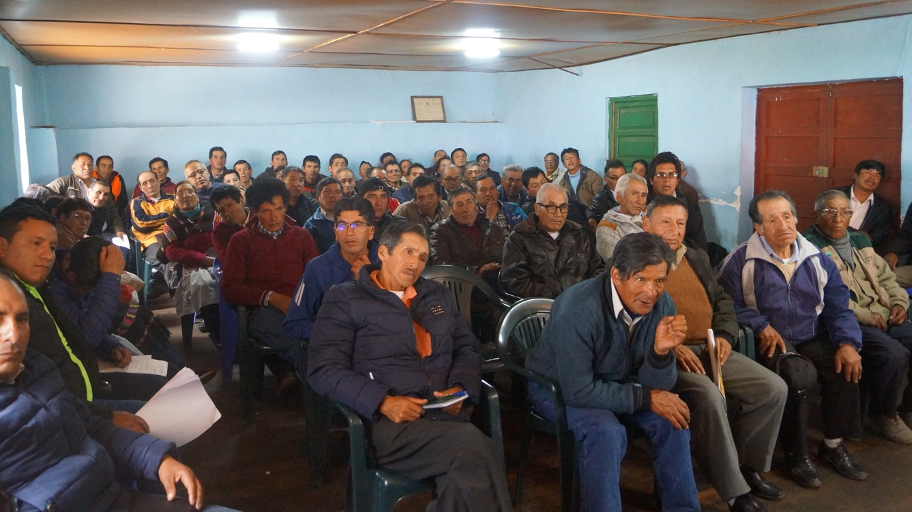Criminals constantly adapt their activities to changing circumstances. It is therefore vital that activities to counter crime also adapt. A great variety of modern technologies exist that can significantly enhance initiatives to counter wildlife crime. These can be combined with a range of traditional and novel conservation and law-enforcement tools to provide an operational edge over criminal activities. Constant innovation in the development of technologies and tools requires regular updating to keeping abreast of changes. It is also possible to modify both technologies and tools at a local level to suit unique requirements and applications as these arise.
In the law-enforcement sphere related to wildlife crime, vital technology categories include surveillance, forensics (DNA, ballistics, digital), data capture/management/analysis, and more. Tools include information networks, investigative techniques, prosecution techniques, court-case monitoring, legislative options, and more.
The effective application of these technologies and tools requires capacity building within government, as well as the empowerment of individual staff to apply the technologies and tools as needed.
